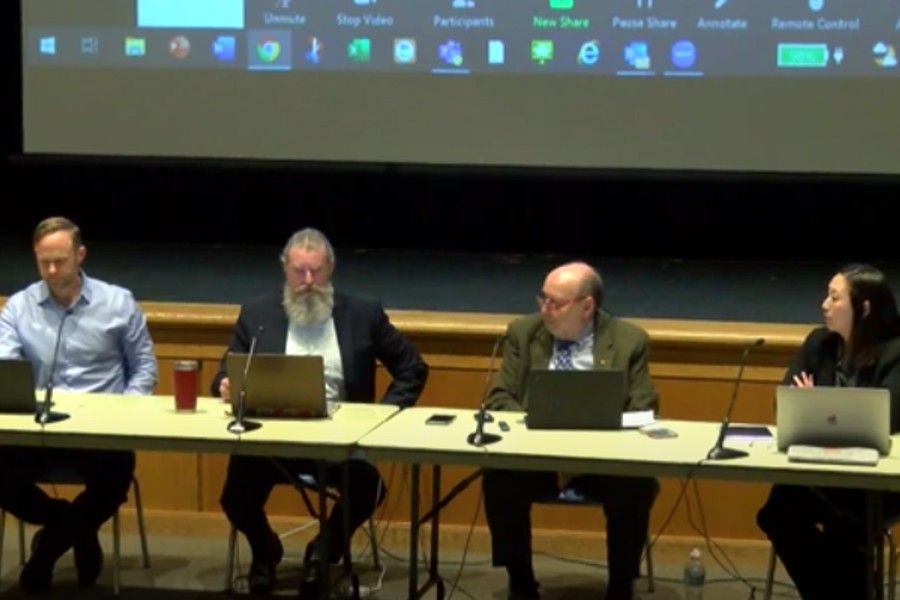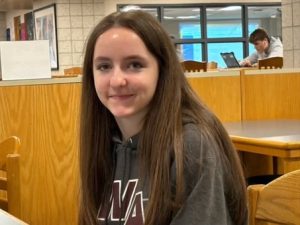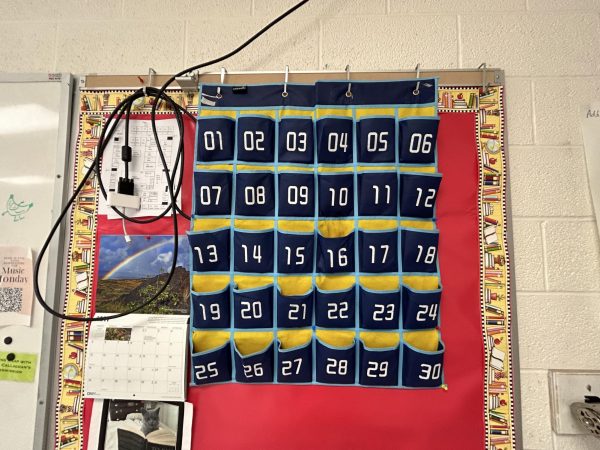What you need to know about the WPS potential grade reconfiguration
School Committee’s March 9 Meeting regarding a community discussion for the current district feasibility study and possible grade reconfiguration.
March 20, 2023
The School Committee held a community discussion regarding the current feasibility study about the proposed reconfiguration and renovation of the town’s elementary schools on Thursday, March 9. This comes after the Westford School Board partnered with design firm SMMA, and over the past few months, began conducting the district-wide feasibility study to explore the current physical and educational needs of each elementary school building. The proposal comes from the need of a new central office building, the decline in student enrollment over the past few years, and a call from residents to reduce students’ transitions between schools.
Currently, the Westford school district is structured so that students start at one of the town’s three pre-K-2 elementary schools. They then transition into one of three 3-5 schools based on geographic location. From there, students from Abbot go to Stony Brook Middle School while those from Crisafulli attend Blanchard Middle School. However, students from Day are split up into one of the two middle schools.
At the January 30 School Committee meeting, the SMMA presented two examples for what the new grade configurations may look like. These options represent the variety of configurations that the School Committee and SMMA are considering, using the data collected from residents to determine the best fit for Westford. Both options have two things in common, being the elimination of the distinction between lower and upper elementary schools, as well as the separation of students from Day.
The first option presented was the pre-K-5 model, which could combine the elementary schools to create six total schools with the grades ranging from Pre-K through fifth grade. This model highlights giving students much less transitions and presents only having peers from the same geographic location. There would be no change to the middle schools or WA (in any of the models).
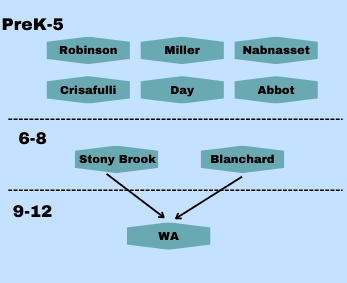
The second possibility is the pre-K and 1-5 model, which would separate pre-K and kindergarten in one school, while grades 1-5 are split up amongst five schools. This would give students three total transitions and also leave one school building open.
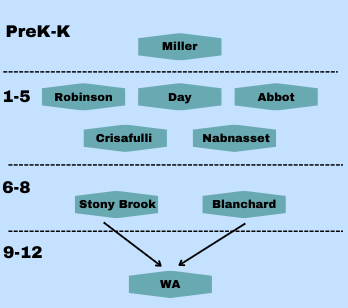
With the proposed feasibility plan, one of the projected goals includes finding ways to reduce transitions and develop a more effective model based on the interests of residents and students.
The School Board has also been wanting to relocate the district administration building central office, due to the expiration of its expected life usage. With the potential grade reconfiguration, there would be a possibility for one of the school buildings to take Millennium’s place as central office. According to Westford School Committee Chair Chris Sanders, however, noted that with the projected stable enrollment in the district, it is possible there would be no existing space for central office, which will require them to figure out other options to hold the offices. In order to find options that would make existing buildings more efficient, the SMMA team assessed the infrastructure of the six current elementary schools using criteria for educational spaces and building elements.
“There’s no question about what the engineers are looking for when they look at the infrastructure of the schools, but they’ve also had really thoughtful conversations with the principals and teachers about our educational planning and wishes,” superintendent Christopher Chew said at the Jan. 30 school committee meeting. “That sort of thing could be a little bit different here than in another community, so I think [the process] will be [a hybrid of] listening, collecting, and sharing out that feedback with us, but also [incorporating] the research as to class sizes and other aspects.”
A final report with objective evaluation of all buildings against the Massachusetts School Building Authority (MSBA) guidelines, along with conceptual cost models and options for Westford is expected in May. According to the SMMA, the report draft and more community discussion with students and residents are also part of the plan before the final report comes out. As for reconfiguration of the elementary schools, Sanders believes that it would be highly unlikely that there would be any changes seen before the ‘24-’25 school year.
During the discussion with community members on March 9, residents expressed their perspective on the benefits and drawbacks of a potential district reconfiguration. While some residents have concerns about potential costliness of the project, others pointed out that transitions will allow for students to make more durable connections with their peers and teachers.
One major concern for combining schools is putting younger students, especially kindergarteners, with ten year-olds during school and bus hours.
Others see the potential for peer programs and increased opportunities for older students to become leaders in their school. In addition, with the consistency of six years without any major transitions, residents also pointed out that the reconfiguration would benefit students in social-emotional programs who currently have to transition to a completely new support system when entering a new school.
“This is all, first and foremost, based on the social emotional impacts of students and their transitions,” SMMA Educational Facilities Manager Phil Poinelli said at the Jan. 30 school committee meeting. “And then there are the physical characteristics that take over, but really we’re hoping that the impact on student transition is what is the guide here.”

